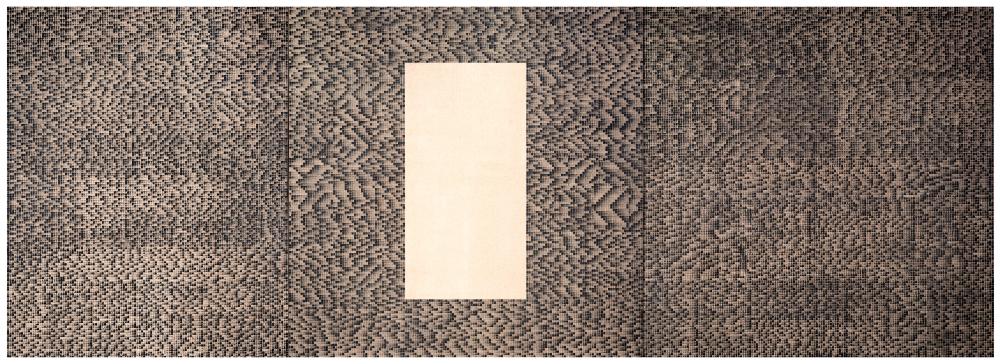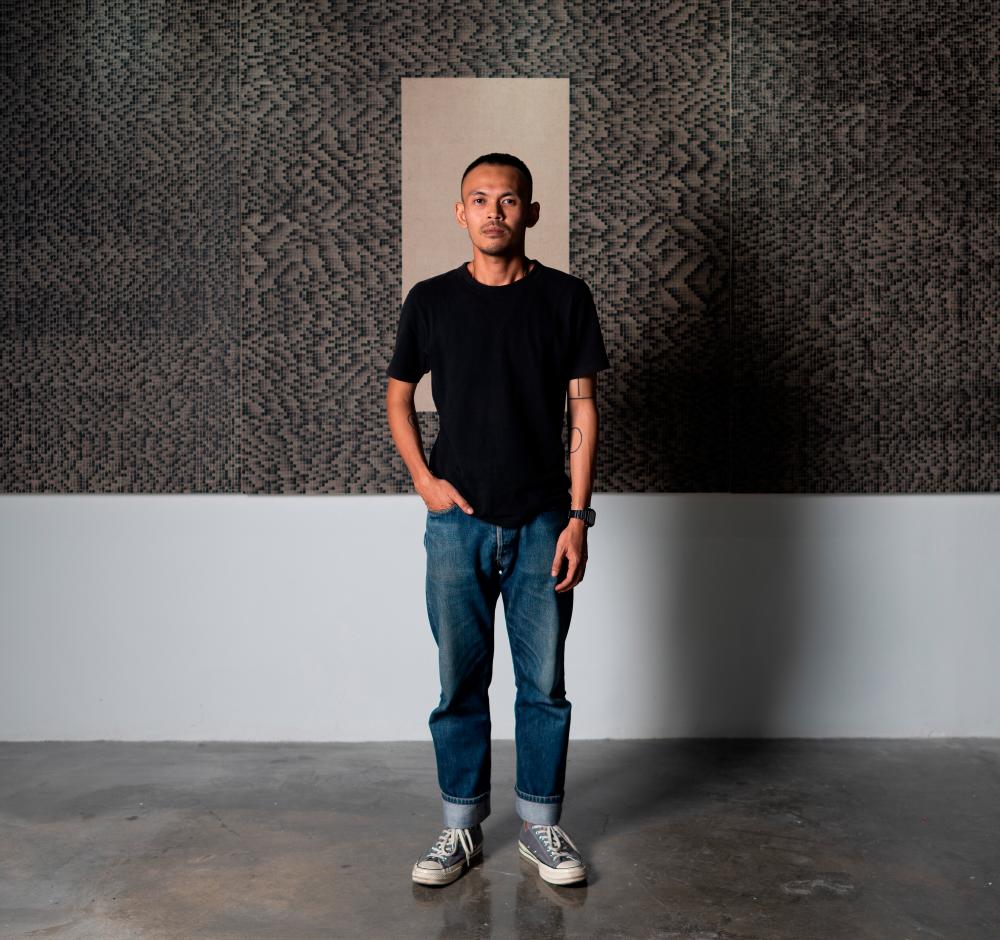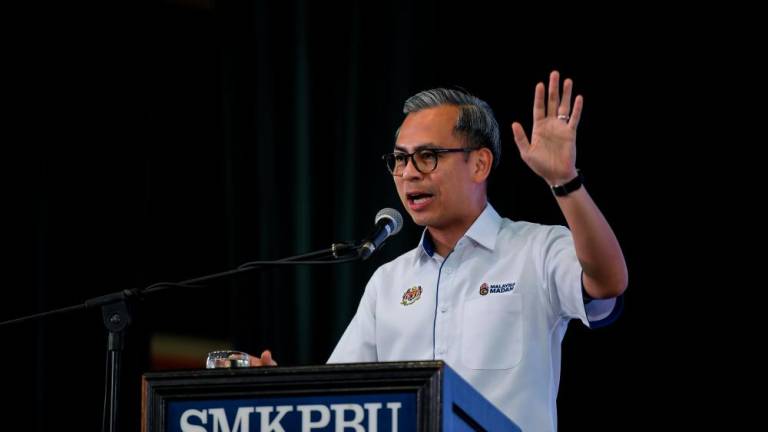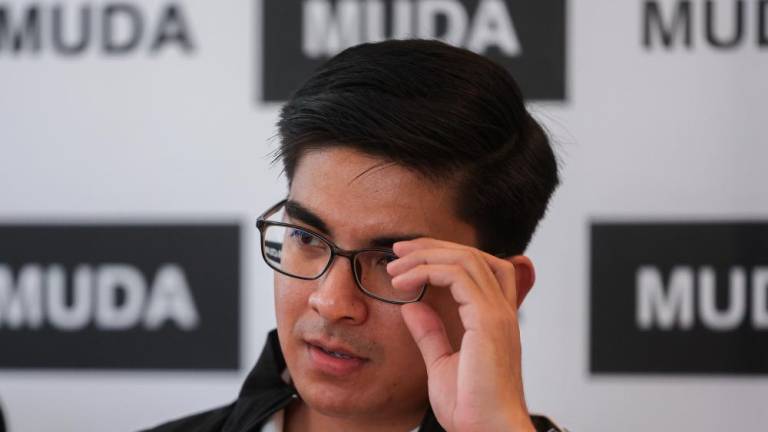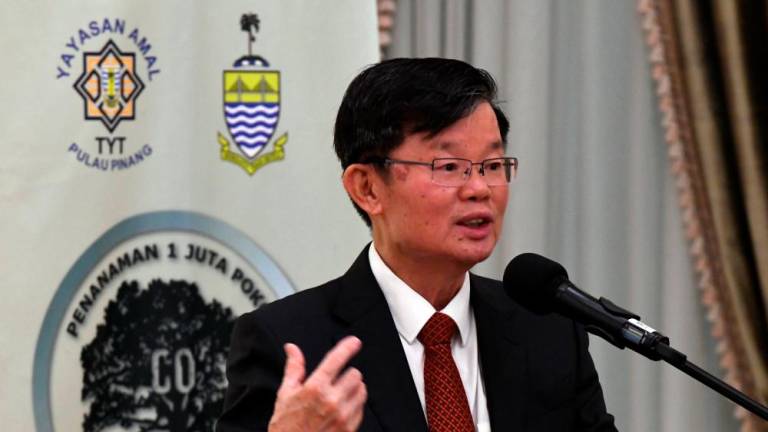IN Paul Nickson Atia’s 2019 solo exhibition Form(s) of Prayer(s) at Rissim Contemporary, he showcased 10 large-scale paintings obsessing over the concept of prayers. He created a diaristic conversation about his doubts, uncertainties, fears and concerns in the form of orisons with the higher being, while expanding on the notion of the nature and forms of salvation.
It’s a reflection on cerebral pursuits unravelling very personal narratives for the artist, whose new compositions and repetitive motifs revisit and expand on a body of work called Obsesi from his 2018 solo debut, Jalan Berlari – a process-oriented presentation that featured spontaneous sketches and drawings.
Incidentally, Paul’s latest work can also be framed as a series of introspections – some metaphysical, others existential.
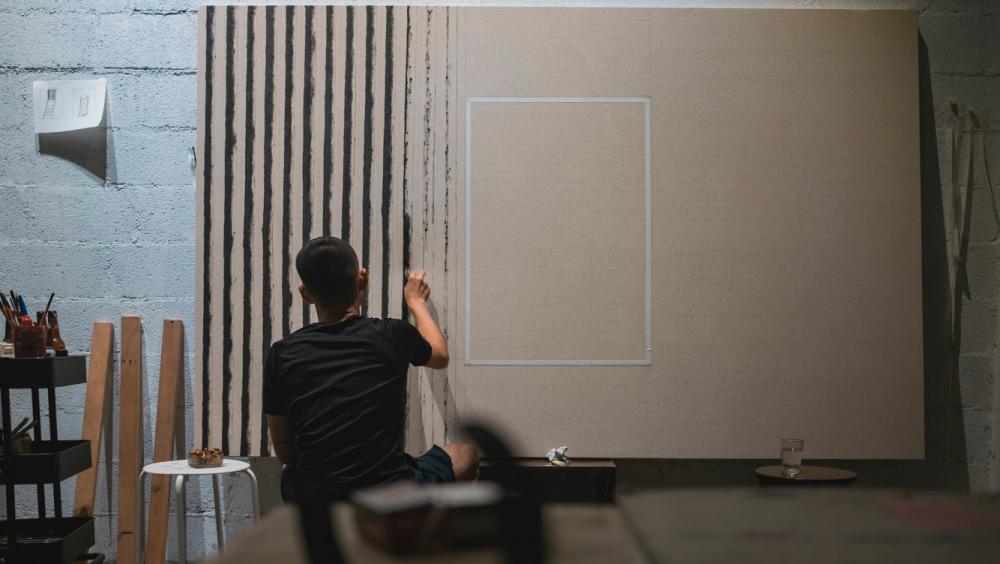
Switching from being an architect to an artist, are they interdisciplinary whether in theory or in practice?
“To become an architect has always been my childhood dream. When the decision to not practise architecture professionally came into the picture, it was probably the leap of faith. I thought I would distance myself from the architectural world, but I found myself getting even closer and building a much more intimate relationship with it.
“Architecture in its practice is more on the pragmatic realm and art of course leaning more towards the artistic approach. At the end of the day, the realisation and the execution of both practices really go down into dealing with the by-product of one’s thought process – the softness facet or the intangibility and the hardness facet or the tangibility.
“But it’s important to establish a deep relationship and dialogue in the first place before anything can materialise. I’m still trying to find the balance and to attempt to get the best out of both worlds.”
What has been your fundamental approach to art that has informed your thought and creative process?
“The training I had in architecture school really helped me, especially in the thought and creative process. You are trained to deal with the contextual side of issues or problems and to then conceptualise the design strategies or solutions, in other words, problem-solving.
“Rather than looking only at the bigger picture or ‘landscape’ as I like to put it, it’s very important to really look at the ‘fabrics’. To deconstruct and breakdown your narrative to its lowest form and basis.
“Picture this, it’s an amazing feeling to be able to witness the view of a majestic landscape, but it’s much more important for me to experience the humbling feeling walking into the deep of its heart and wandering the fabrics of the lands to witness its scales and wonders so I understand where I’m coming from and eventually how to go about.”
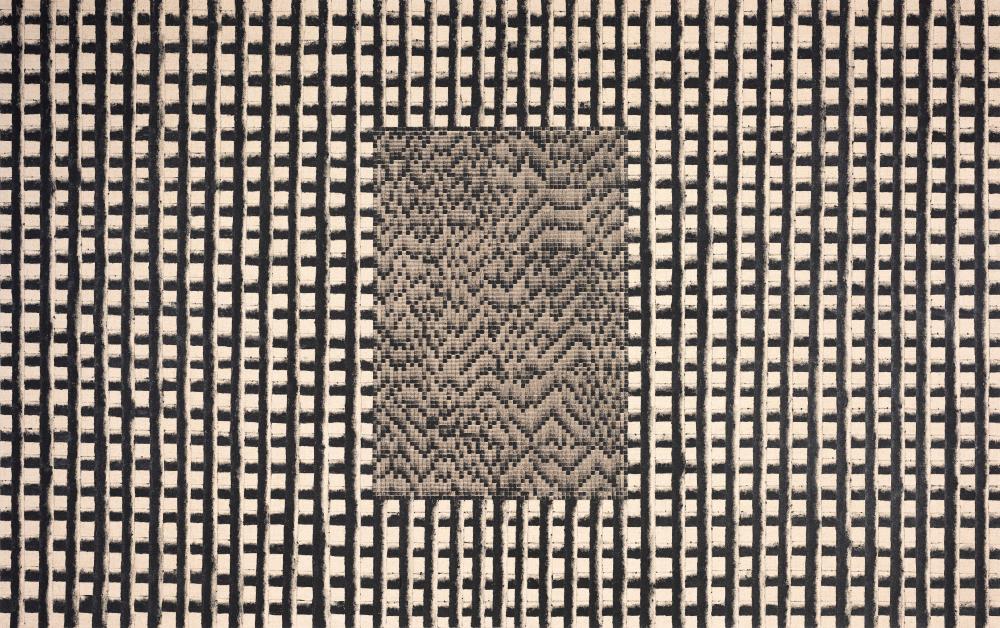
Were you able to find closure or new meanings of faith while creating Form(s) of Prayer(s)?
“I found closure and made peace with myself. But one forms and reforms, affirms and reaffirms; perpetually, to cerebrate over one’s hope, desire, and faith of being. The question is, what gives?”
Did growing up in a Bidayuh household influence your spiritual beliefs and practices?
“The context may be a little different [to other households] in some respects, but generally is somewhat similar. The interest comes through observations, readings and events from my surroundings.”
Do you think beliefs are the most transient features of human life?
“I think beliefs are one of the strongest features of human beings. They are the driving force of one’s action. When talking about beliefs in the context of religion, I believe there might be some truth in your question.
To break down and recontextualise what it meant to really have faith and being a believer – you go to bed at night thinking about what you are going to do the next day, and wake up reminding yourself to achieve what you have thought of the night before.
“That simple act to me is a prayer you say unto yourself and a belief system.”
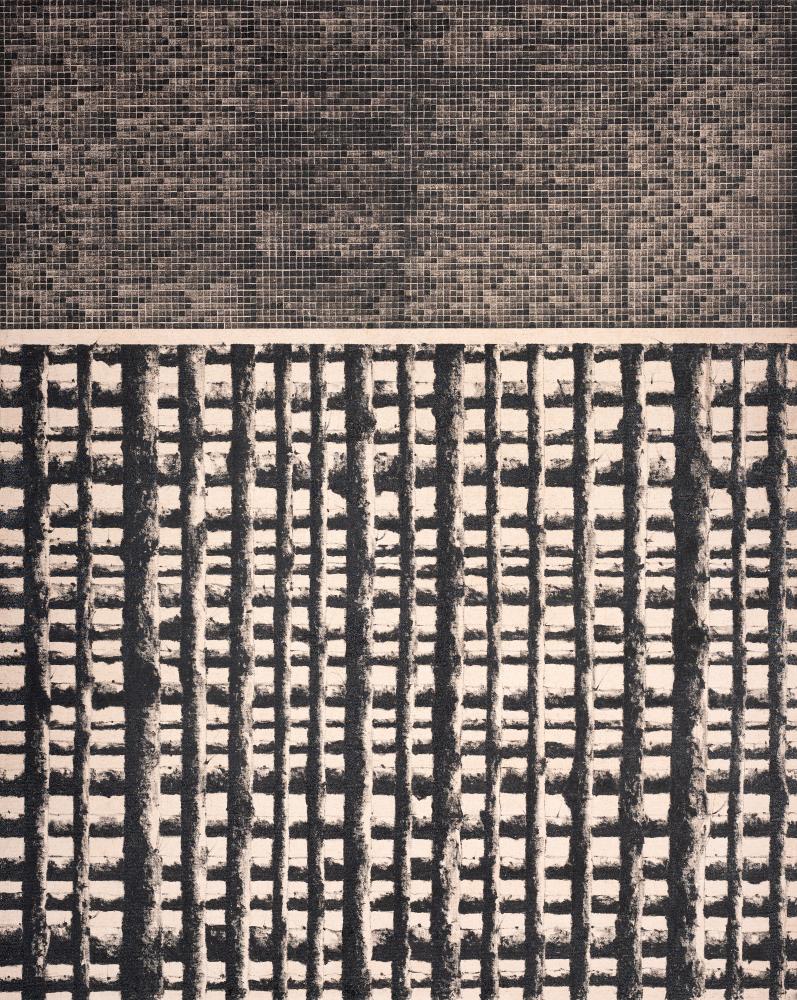
Form(s) of Prayer(s) reminded me of Rothko Chapel and the paintings that encourage and enable personal contemplation and interfaith dialogues to take place.
“I see religion as something that is very personal and radical. I’m referring radical to its original Latin word ‘radix’ which translates ‘root’, not for what radical is commonly associated with for its somewhat ‘controversial’ connotation. One must really go through the experience or what one would call the event of revelation.
“It’s an attempt to engage a dialogue between myself concerning the conundrums of uncertainties on the formation of faith or reaffirmation of faith. Faith in this context is phrased vaguely and simply, only as a remembrance, devoiding from any connotation of religious practices.”
There’s also an interest in pointing to something that’s not yet there.
“It’s not something that is not there yet, but perhaps something that is overlooked by most and myself included, which is wisdom. Temporary and impermanence have now become permanent, we see everything being replaced and updated perpetually. Change is important for progress but when do you start treating it as a race or competition?
“We are living in the age where we are drowning in information which is very overwhelming but at the same time starving for wisdom.
“What I attempted to do is really to slow down, to observe, and to cerebrate every act and decision within myself and what is happening beyond me. Again, I think it’s really about the dialogue between ‘landscape’ and ‘fabric’.”
